Spanish Dracula won’t be a horror movie, but since it will deal with the making of a horror movie we thought it was worth giving the project some attention here on Arrow in the Head today. Deadline broke the news that Chris Weitz (A Better Life) and his brother Paul Weitz (American Pie) will co-write and co-direct a movie about the life of Lupita Tovar, who starred in the Spanish-language version of Dracula that was made by Universal in 1931.
Tovar lived a fascinating life that the Weitz brothers are particularly interested in because she was their grandmother. They’re producing Spanish Dracula with their Depth of Field partner Andrew Miano, and with their uncle Pancho Kohner, who helped Tovar write her memoir The Sweetheart of Mexico. The film will tell
the true story about how silent film star and Mexican actress Lupita Tovar found a second wind starring in Spanish-language versions of Hollywood films like the Universal classic Dracula. Tovar, who moved from Mexico to Hollywood, would go on to become a wildly successful actress back home where she was known as The Mexican Rose. Their grandfather is Paul Kohner, Universal Pictures chief Carl Laemmle’s right-hand man who ran the studio’s international film production business.
Falling head over heels in love with Tovar — as did many others including John Huston and a Mexican general, both of whom she had to escape from — Kohner created opportunities for Tovar, initially because he was in love with her and didn’t want her to return to Mexico when talkies replaced silent films in 1929 and work evaporated for everyone with an accent. That is when Kohner had the idea to shoot in local languages films like Universal’s Dracula, translating the script pages to Spanish. Basically, Bela Lugosi, director Tod Browning and cast and crew of the classic Dracula would come shoot their scenes during the day. They would leave, and in would come the cast and crew of the Spanish version — Carlos Villarias played the title character, working on the same set from a translated version of the same script. The exteriors and long shots would be the same in both movies. Spanish Dracula would become a big hit and presage the production of movies made specifically for Spanish-language markets.
Chris Weitz had this to say about the plan to make Spanish Dracula:
It’s just such a great story, and I think that once Pancho wrote the book it was just an extra reason to bring focus to it. Pancho has been thinking about making a movie about our grandma and grandpops for a while and trying to figure out what the shape of that would be, and we felt the Spanish Dracula is kind of a great focus. It brings together the romance and is an interesting way to look at old Hollywood, and also, to look at foreigners in Hollywood. This isn’t really a story about immigration, but it is a really interesting story about how this very sort of American industry was inflected by the talents of all these people who came from abroad.”
Kohner added:
Since my father was in charge and he was in love with Lupita, he made sure that the film was as good or better a film (than the Lugosi Dracula), and apparently, it is a better film. It is about 20 minutes longer. Not having to contend with the censorship of the Hays office… well, the first time that Paul and Chris saw the film, we were at the U.S.A. festival in Dallas, and they had it on this great restored theater with an organist that came up from the floor, big screen. And there was their grandma onscreen, with nipple bumps. She was wearing a very sheer nightgown in the film and especially when you put it up on a big screen instead of seeing it on a television screen or something or other, it was a very sexy film for its time. Either Paul or Chris commented at the time, I now see why grandpa married grandma.”
Chris Weitz continued:
There’s a moment when Dracula bites Lupita on the neck and it’s very erotic. He draws his cape over and around her, so you don’t see what he’s doing, which was very different from the English-language version. The lighting. The cobwebs. The candle lights. It’s just more erotic and artistic, I would say, than the English-language version. You had this B-team of foreigners making something and trying like outdo the version that was being made during the day. The harder work was being done after midnight by these guys who didn’t otherwise have a way to work within the industry, which had changed, technologically, in such an extraordinary way. It’s very much in keeping with the theme of The Artist, the French film that did so well at the Oscars, when this career-killing kind of change was happening.”
You can read a lot more about Tovar’s life at the Deadline link, and while some of the other major events will be covered, Chris Weitz said Spanish Dracula will primarily be looking at the time in Tovar’s life when she was working on Dracula.
It’s also at least as much about this young woman coming to Hollywood to get away from her dad and making her way and becoming a success against great odds, and also, sort of her being in this group of actors from all across the Spanish-speaking world and coming together to make something. It’s as much that as it is a love story. And it’s also this sort of like this underdog story of a group of people who are literally having to work at night and making something that everybody could be proud of, and that’s juxtaposed to the love story. Hitler coming to power in Europe is also a backdrop to it, but we’ll focus on the making of Dracula.”
This sounds like a very interesting project to me. The Weitz brothers don’t have Spanish Dracula set up at a studio yet, but it would be cool if it ends up at Universal. I look forward to getting a behind-the-scenes look at the making of the Spanish Dracula through the eyes of Tovar (as interpreted by her grandsons and son).
Lupita Tovar passed away in 2016 at the age of 106.


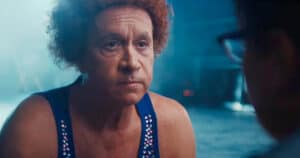




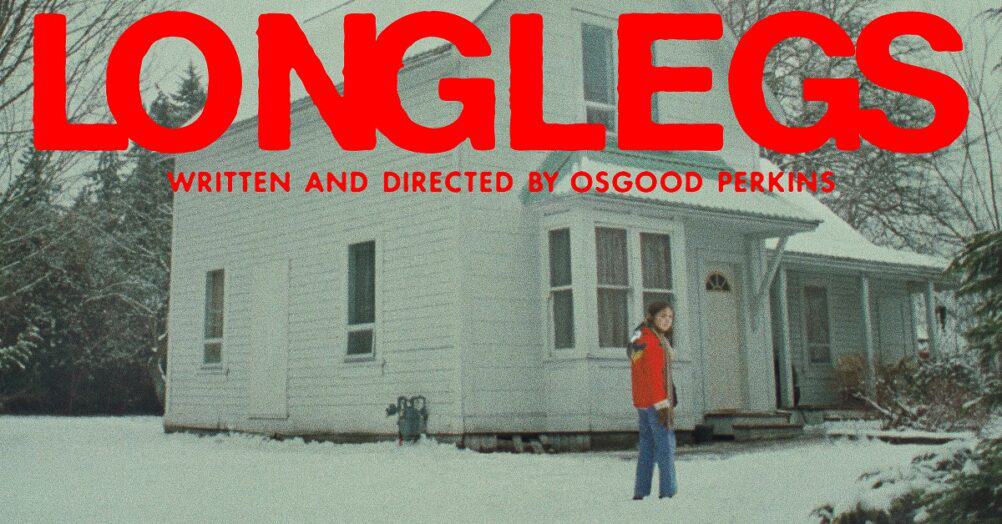
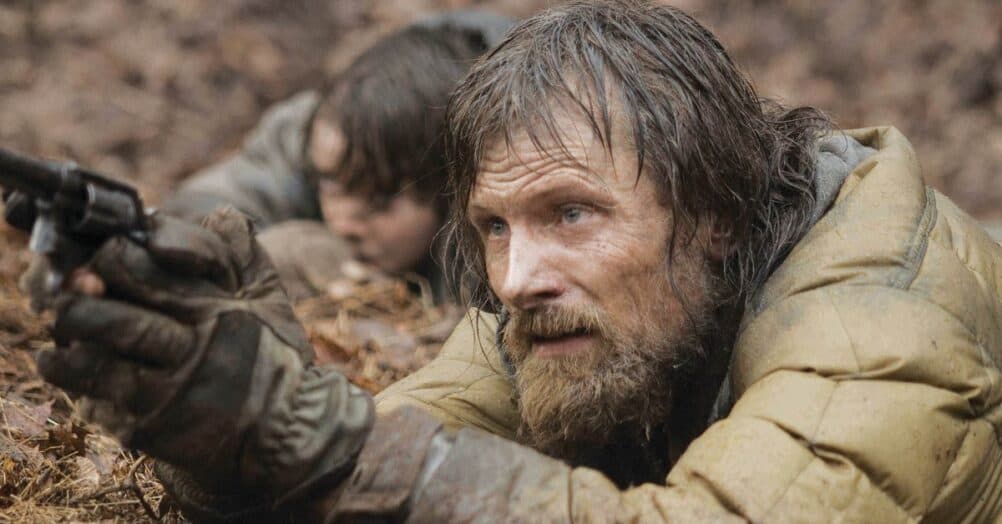
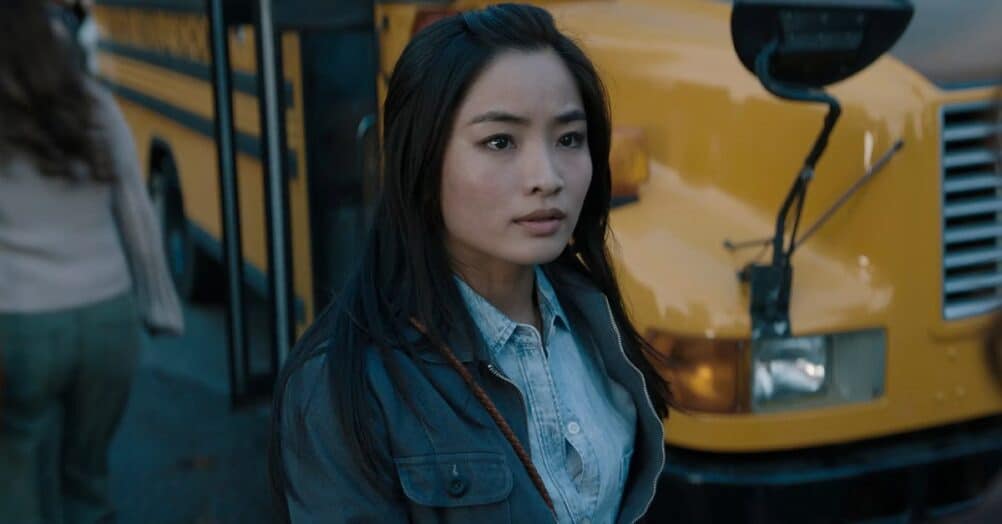

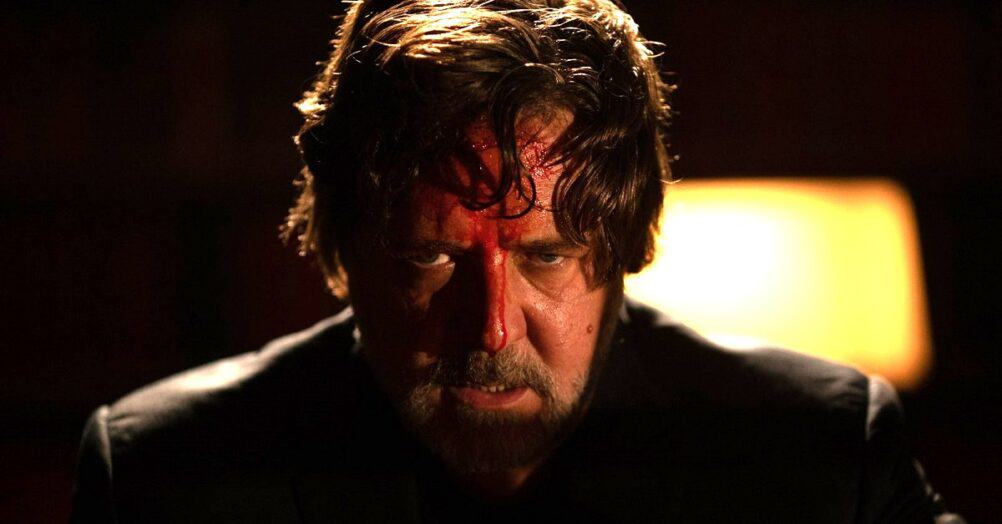
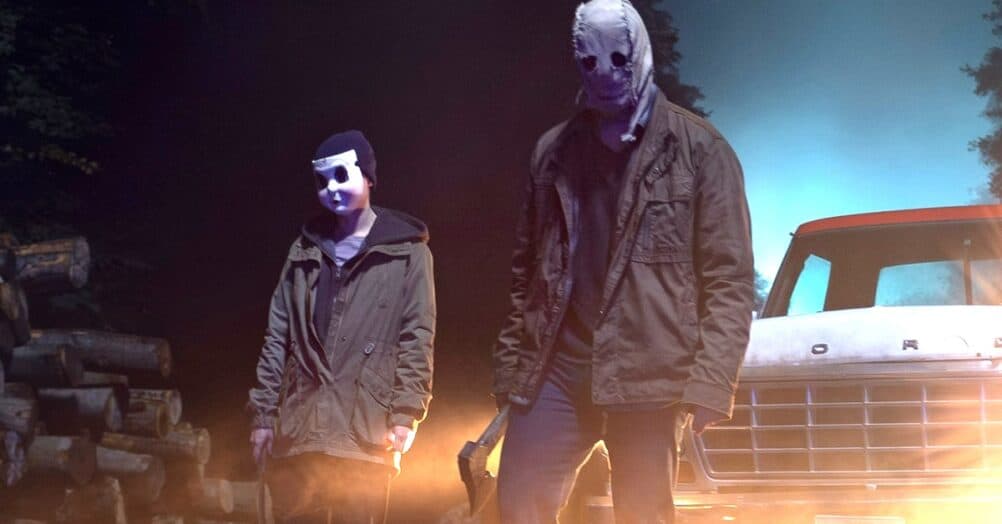

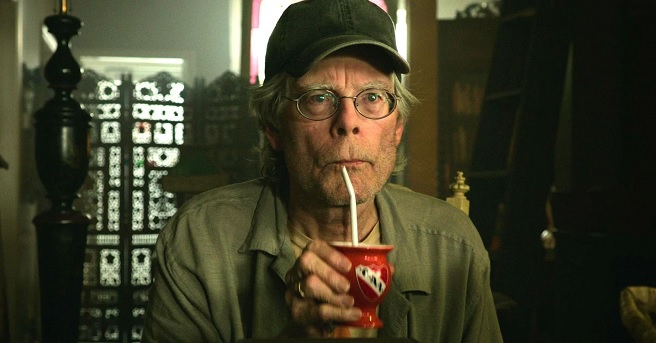
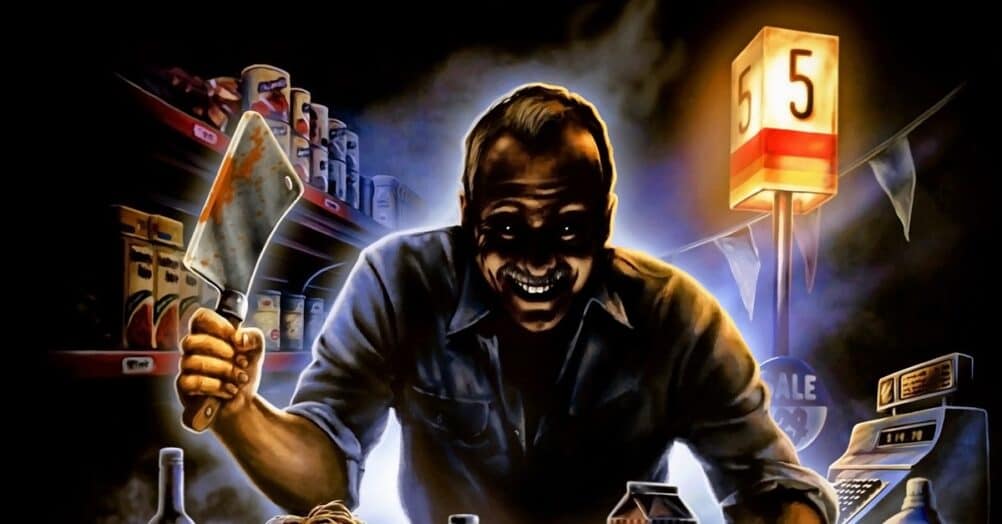

Follow the JOBLO MOVIE NETWORK
Follow us on YOUTUBE
Follow ARROW IN THE HEAD
Follow AITH on YOUTUBE